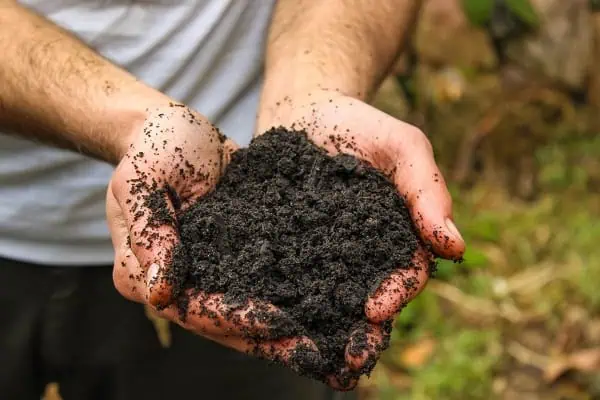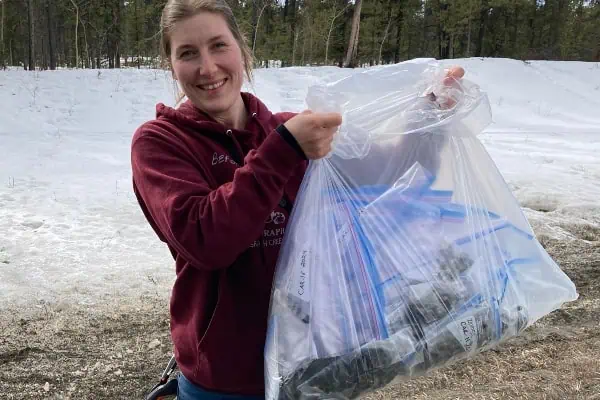It’s winter—time to check out the bird feeders and stock up on “fast food” for our feathered friends. A huge variety of bird feeders are available in local stores or can be made easily from milk jugs or cartons.
The cheerful black-capped chickadee is the most frequently reported “feeder bird” in the Yukon and in northern Canada, according to Bird Studies Canada (BSC).
The organization helps run a continent-wide, citizen-based bird monitoring program called Project FeederWatch (PFW), with its U.S. counterpart, the Cornell Lab of Ornithology.
Common redpolls (with a red-topped head), the downy woodpecker, the colourful red (male) or lime green (female) pine grosbeak, and the red-breasted nuthatch (a skilled conifer tree-climber) round out the top-five PFW birds seen here last year.
But Canada jays, black-billed magpies and even the common raven are regular visitors, too.
Bird feeders give us an “up-close” knowledge of birds. Birds add a “joyful dimension” to our lives, according to local bird photographer and outdoor enthusiast, Tony Gonda.
Participating in the North American-wide Project FeederWatch—now in its 31st year—is one way to help scientists track winter bird distribution and abundance, as well as to flag any signs of disease and deformities (such as deformed bills).
“Most of our PFW birds are doing well,” reports Kerrie Wilcox, BSC’s project leader for the program in Canada. “Only the evening grosbeak, a boreal species found farther south, has really declined in numbers, for unknown reasons.”
Focused specifically on winter bird-feeding, from November 10 to April 5, a donation to join BSC is all that’s required for anyone to enroll in Project FeederWatch.
“We ask people to observe birds (number and type) over two consecutive days, for as long as they like, and to pick their days ahead,” said Wilcox, who submits her observations from every second weekend.
In 2017–18, PFW had more than 24,000 participants reporting over seven-million birds. In the Yukon, there were just six feeder-watchers reporting (Wilcox is keen to see more Yukoners taking part).
Registered participants receive a full-colour bird-identification poster and calendar, a tally sheet, last season’s results and online data entry. Donors may be eligible to receive a magazine subscription to BSC’s magazine, Birdwatch Canada.
Online info covers deterrents for magpies and squirrels, tricky bird-identification tips, how to avoid window collisions and how best to clean your bird feeder.
While most of our winter birds rely mainly on a natural seed or insect diet (often cached), one black-capped chickadee study found that, after more than five days of -17℃ weather, those birds that had access to feeders fared better than those that didn’t.
Feeder tips:
- Black-oil sunflower seeds, with their high-fat content and thinner shells, satisfy the largest number of our winter birds. Other favoured foods include hulled peanuts, suet and peanut-butter mixes.
- To avoid window collisions, hang your feeder within a metre or at least three metres from your house (sheltered from predators, such as cats. Feeders should be placed at least a metre apart.
- Keep birds healthy. Store feed in a dry, cool place. Discard any that is wet or mouldy.
- To prevent disease transmission between birds, remove shells and debris regularly and take down and clean your feeder using a 9:1 ratio of water to bleach.
- A hopper feeder is the most versatile, as it allows both small and larger birds to feed. Tall tube feeders have small perches for smaller birds, while platform feeders attract ground-feeding birds.
- Newer feeders or neighbourhoods may have fewer birds, and natural fluctuations in numbers are normal. Try spreading some seeds below the feeder (and rake up any old seed, as it may harbour dangerous bacteria and viruses).
- Going on a holiday? PFW suggests tapering off the supply so your regulars become less dependent on that source.




